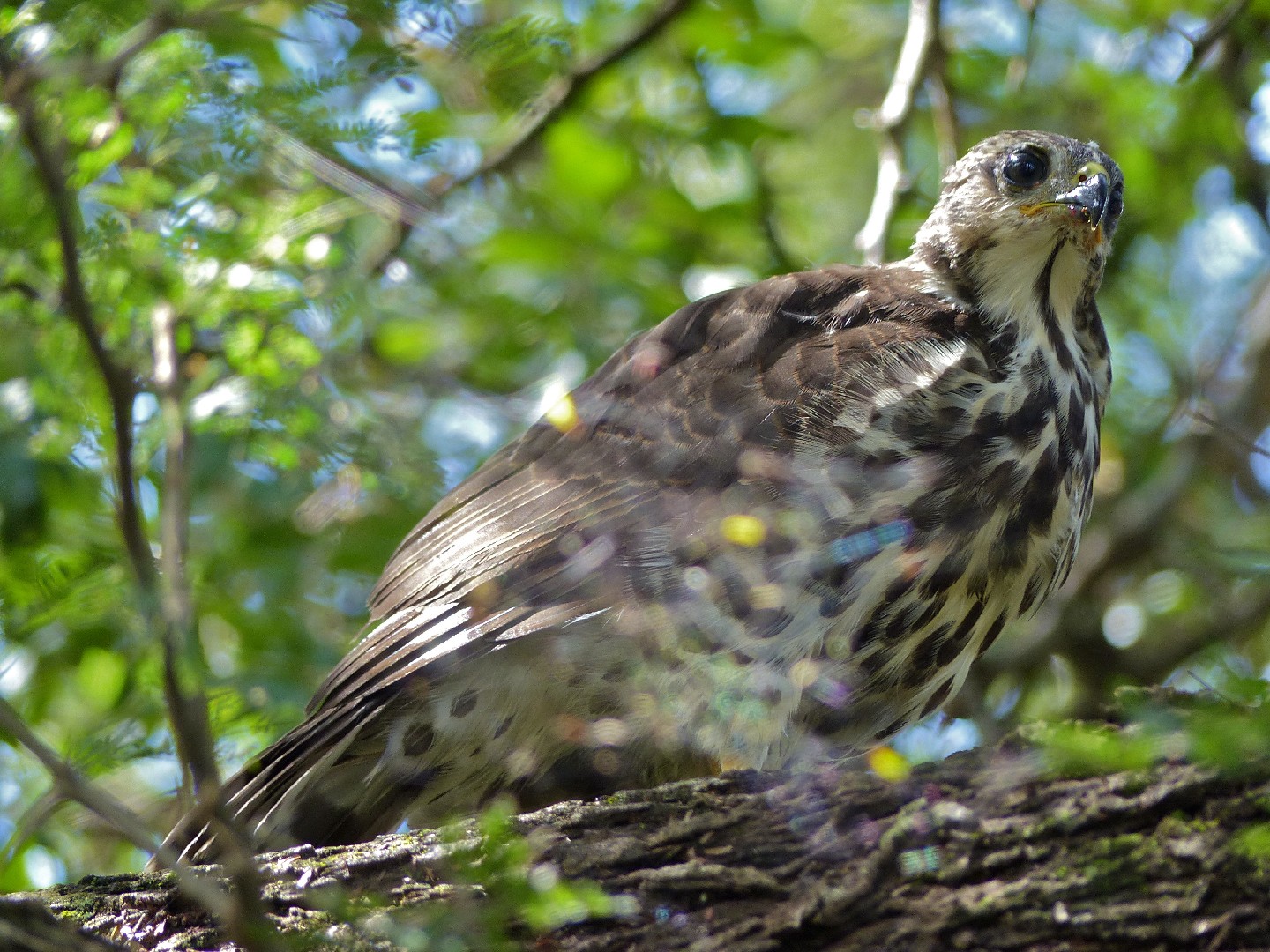African Goshawk
A species of Bird Hawks Scientific name : Accipiter tachiro Genus : Bird Hawks
African Goshawk, A species of Bird Hawks
Botanical name: Accipiter tachiro
Genus: Bird Hawks
Content
Description General Info
 Photo By Bernard DUPONT , used under CC-BY-SA-2.0 /Cropped and compressed from original
Photo By Bernard DUPONT , used under CC-BY-SA-2.0 /Cropped and compressed from original Description
The African goshawk is a medium-sized to large Accipiter which is mainly grey and rufous with the typical broad winged and long tailed shape of its genus. The adult has grey upperparts which tend to be darker in males than in females, the underparts are whitish marked with rufous barring which is more rufous and heavier in the males. The underwing is pale rufous fading to white on some birds and the flight feathers and tail vary from sooty brown to grey with faint grey bars above, white with grey bars below. The bill is black, the cere is greenish-grey, the eyes are yellow and the legs and feet are yellow. Juveniles are brown above and boldly blotched with brown and with brown flank bars too. Females weigh 270–510 g (9.5–18.0 oz), while smaller males weigh 150–340 g (5.3–12.0 oz). They wingspan is 172–225 mm (6.8–8.9 in) for males and 211–275 mm (8.3–10.8 in) in females, the wingspan is 1.7 times the bird's total length. 
Size
40 cm
Nest Placement
Tree
Habitat
African Goshawk inhabits a diverse array of forested environments including evergreen, deciduous, and montane forests, often with dense undergrowth. Adaptable to both moist and dry forest conditions, african Goshawk ranges from lowland tropical rainforests to high-altitude areas up to 3,300 meters. It also occupies mangrove regions and can adapt to human-altered landscapes such as parks and urban green spaces.
Dite type
Carnivorous
General Info
Feeding Habits
Bird food type
Distribution Area
From the Western Cape of South Africa north to the southern Democratic Republic of Congo and through east Africa, Somalia to southern Ethiopia, including the islands of Mafia, Unguja (Zanzibar) and Pemba. 
Species Status
Not globally threatened.